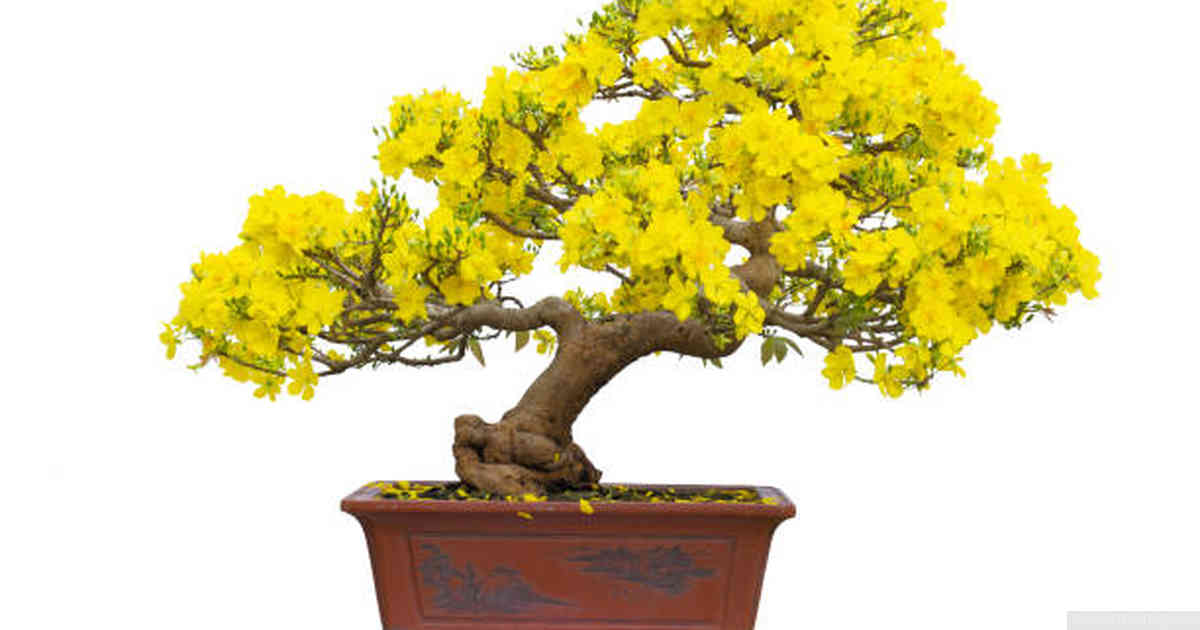
1. Choose a healthy, young cactus that is 1-2 years old and has the characteristics you want in your bonsai, such as short spines, interesting shapes or other desired features.
2. Prune off any weak or dead branches. Use scissors to carefully trim away excess growth so that only the primary branches remain. Repot in a pot slightly larger than its current container with specialized soil designed for cacti or succulents.
3. Shape the cactus by twisting and tying branches together using copper wire to maintain the shape until new roots grow into place; remove wires after this happens, usually 2-4 weeks later. Check that all branches are securely tied down before leaving them alone for several weeks during the rooting process. Pinch back stems of overly long growth whenever needed throughout its lifetime to maintain desired shape and size of foliage and trunk.
Contents:
- Understanding the Basics of Bonsai Gardening
- Choosing the Right Cactus Species for Bonsai
- Preparing the Potting Mix and Container
- Pruning and Shaping Your Bonsai Cactus
- Watering and Fertilizing Techniques
- Common Mistakes to Avoid when Growing a Bonsai Cactus
- Care and Maintenance Tips for Long-Term Success
Understanding the Basics of Bonsai Gardening
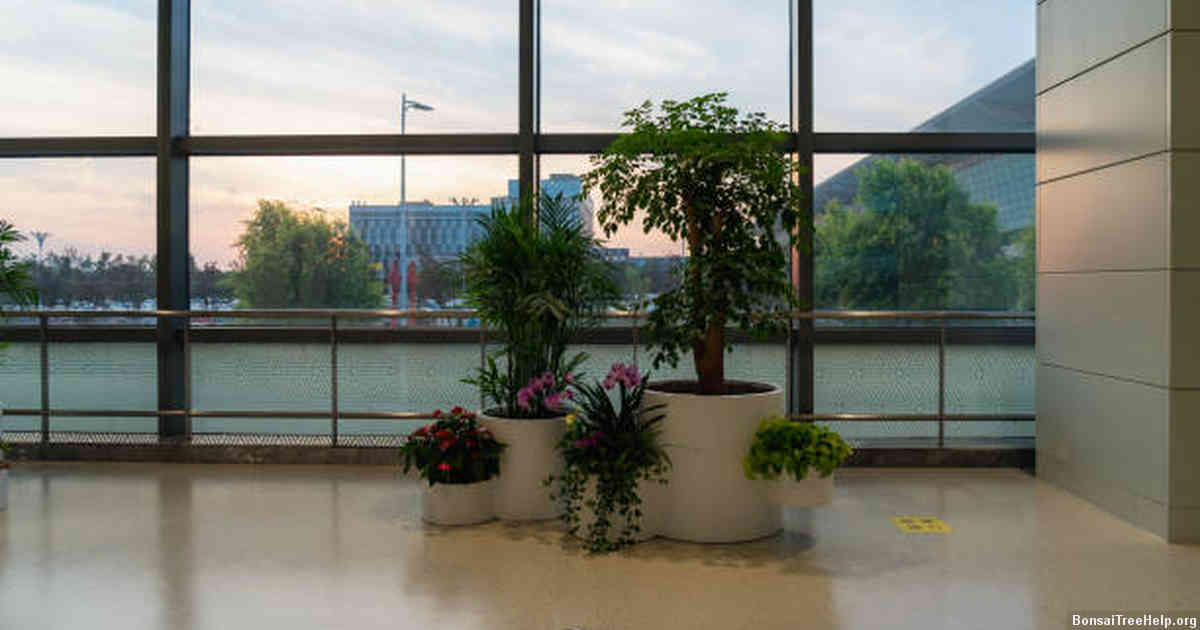
For those wanting to know how to make a bonsai cactus, it is important to understand the basics of bonsai gardening. Bonsais are miniaturized trees or shrubs grown in trays or pots by meticulously controlling the growth of their roots and branches. Cacti especially are perfect for novice gardeners due to their hardy nature and very few special needs; however, with bonsai come certain responsibilities in order to ensure success.
The first step in creating your own bonsai cactus is selecting the correct type of soil mix as this will be vital for providing enough nutrients for its survival. A store-bought potting soil that’s specifically designed for succulents can be helpful here, but you might have more success if you customize your own mixture using things such as organic matter, sand, peat moss and other ingredients. Ensuring that drainage is adequate through regular watering and pruning will also help keep your miniature tree flourishing over time.
One of the most integral components of bonsai culture is shape control–the manipulation of branches through techniques such as wiring and trimming them correctly according to what sort of design you want your plant to take on. With cacti particularly, there is often little need for training as they tend not be top-heavy like other species; however when needed, select lightweight wires which should not cause too much stress on its delicate structure when applied at an angle that follows its natural form. And lastly don’t forget about proper repotting timing so that your little work of art can grow into a beautiful piece with all the care given at each stage from inception until maturity.
Choosing the Right Cactus Species for Bonsai

When it comes to creating a bonsai cactus, there are many considerations to keep in mind. The most important factor is choosing the right species of cactus for your project. Different types of cacti have varying levels of difficulty and will require different pruning techniques and maintenance efforts from the grower. Not all cacti can be successfully shaped into an aesthetically pleasing form when made into bonsai specimens.
One popular choice for growing bonsai cacti is Ferocactus glaucescens, a globose barrel-shaped variety that has gained considerable popularity among enthusiasts due to its relatively low maintenance needs compared to other cactus varieties and its ability to tolerate severe pruning as well as extreme temperatures with ease. This species typically grows slowly so one can take their time cultivating it without having to worry about it outgrowing their desired shape too quickly. It’s also highly resistant to disease and pests which makes it easy to take care of over the long run.
Echinopsis oxygona is another good option if you’re looking for a beautiful large specimen in your garden or home interior space. Although this species does grow at a fairly rapid pace and therefore requires regular upkeep (including frequent repotting), its showy white spines make up for any extra effort put into managing it properly – making sure your unique creation stands out from the crowd wherever you go.
Preparing the Potting Mix and Container

Bonsai cacti are a fascinating type of succulent that can thrive when grown indoors or outside. Creating your own bonsai is relatively simple with the right preparation and materials. To begin, you’ll need to choose the correct potting mix and an appropriately sized container for your bonsai cactus.
A bonsai potting mix should be chosen carefully, as it must allow for ample drainage while also being able to retain just enough moisture. Ideally, it should also contain organic material such as sand, bark chips or perlite. When selecting a container, keep in mind that the size of your pot will determine how large your plant can grow – too small of a container will restrict growth and root development over time. Consider using a shallow pot made of terracotta clay; this material helps absorb excess water and retains heat better than plastic containers which may cause the roots to become soggy if they’re not monitored closely.
When filling the container with soil, make sure there is room at the top for additional soil once transplanted. After transplanting your bonsai cactus into its new home and adding more soil if necessary, remember to provide consistent moisture by watering weekly – don’t let it dry out completely. With proper care and attention to detail during the potting process, you’ll have yourself a beautiful addition to any indoor garden in no time!
Pruning and Shaping Your Bonsai Cactus

If you want your bonsai cactus to look its best, it needs proper pruning and shaping. Once your cactus has grown a few inches in height, it’s time to shape the plant according to desired form. You will need to use sharp gardening scissors for this step. Begin by choosing a branch that is at least one third of the way down from the top of the cactus and begin cutting near the tip. Be careful not to cut too deep, because it may damage or kill the branch and ruin your design plans.
Cacti have multiple spines on each branch, so be sure that when you are cutting into them that you make straight cuts as opposed to curved ones or irregular shapes. It’s important also watch out for any side branches growing from your main trunk; these should be pruned back regularly in order to maintain healthy growth while giving each piece character and complexity with an ever-changing landscape of spines and arms.
You must also keep in mind how much sunlight exposure your bonsai cactus receives during its daily routine. This will determine how often pruning needs occur throughout its life cycle – more light means more frequent trimming. Regularly removing dead spines can help encourage new growth as well as allow air circulation which encourages healthier plant production overall.
Watering and Fertilizing Techniques
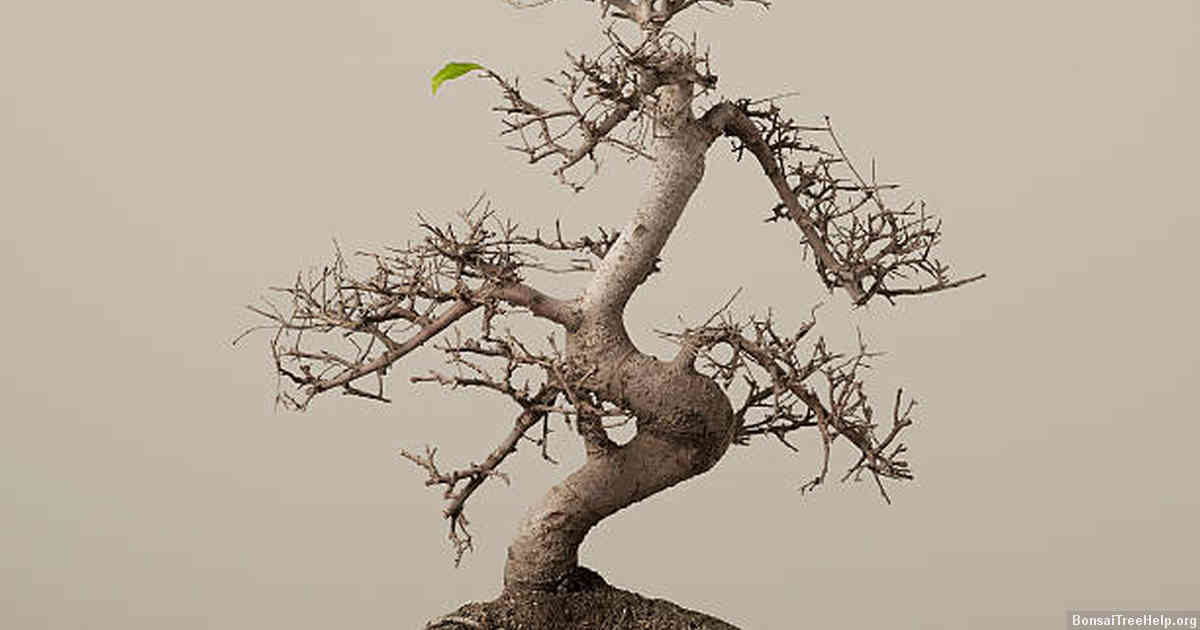
Watering a bonsai cactus is especially important as the small container doesn’t hold much water and its soil can dry out quickly. It is essential to keep an eye on the soil of your bonsai cactus, being mindful that it should always feel damp but never soaked. When it comes to watering, wait until the surface of the soil in your pot feels dry. To ensure you are giving your plant just enough moisture, use a spray bottle with lukewarm water and mist lightly over the entire surface area every 2-3 days. If you live in a particularly warm environment, be sure to increase watering frequency during summer months when temperatures soar.
Alongside regular watering, fertilizing is also key for providing adequate nutrition for growth and health in a bonsai cactus. The most common fertilizer for cacti used by horticulturalists is one containing nitrogen as well as phosphorus and potassium – this combination helps encourage strong flowers and seed production alongside overall vitality of the plant. Start off slow when introducing fertilizer – maybe once per month or even every other month – making sure not to go overboard; too much fertilizer can cause root burn which will stunt growth or worse still kill the plant altogether.
When applying fertilizer however, it’s worth noting that the type of soil used plays an important role too; if it is made up of sandier soils then be careful not to overload them with nutrients otherwise they won’t have time to soak up all necessary minerals needed before being washed away with irrigation water.
Common Mistakes to Avoid when Growing a Bonsai Cactus
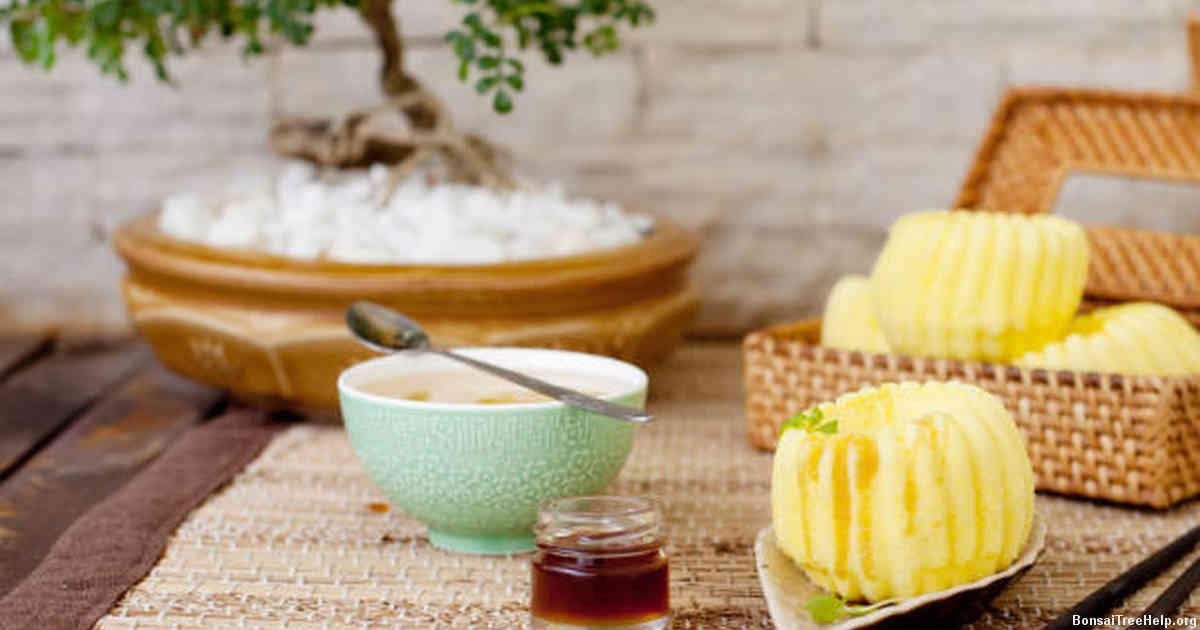
Growing a bonsai cactus is an exciting project that can provide years of pleasure. Yet as with any type of gardening or horticulture, there are certain mistakes to avoid in order to ensure successful growth and a healthy plant. Understanding how to grow a bonsai cactus properly may require some trial and error, but avoiding these common pitfalls will give you the best chance of success.
One mistake often made by beginners when growing a bonsai cactus is over-watering. Over-watering can lead to root rot, fungal diseases and stunted growth – all of which are detrimental to your little bonsai friend. Ensure that you water carefully and follow guidelines as recommended for your specific cacti variety. It’s also important not to wait too long between watering sessions; doing so could encourage wilting or even death for your beloved plant!
Another common mistake when growing a bonsai cactus is inadequate soil drainage. Poor drainage can lead to overly wet soil which can cause several different problems such as root rot, stunted growth, yellow leaves or wilting foliage – none of which are conducive for successful gardening results. Invest in good quality potting mix specifically designed for cacti – making sure it contains adequate pumice or perlite (or both) – will help promote healthy drainage while still providing sufficient moisture retention qualities.
Do not forget about proper lighting requirements when setting up your new bonsai garden. Most species require direct sunlight during their growing season, but not all varieties need full sun throughout the day; some might prefer partial shade or indirect light instead. Make sure you check the specifics prior to placing your new plants into their homes!
Care and Maintenance Tips for Long-Term Success
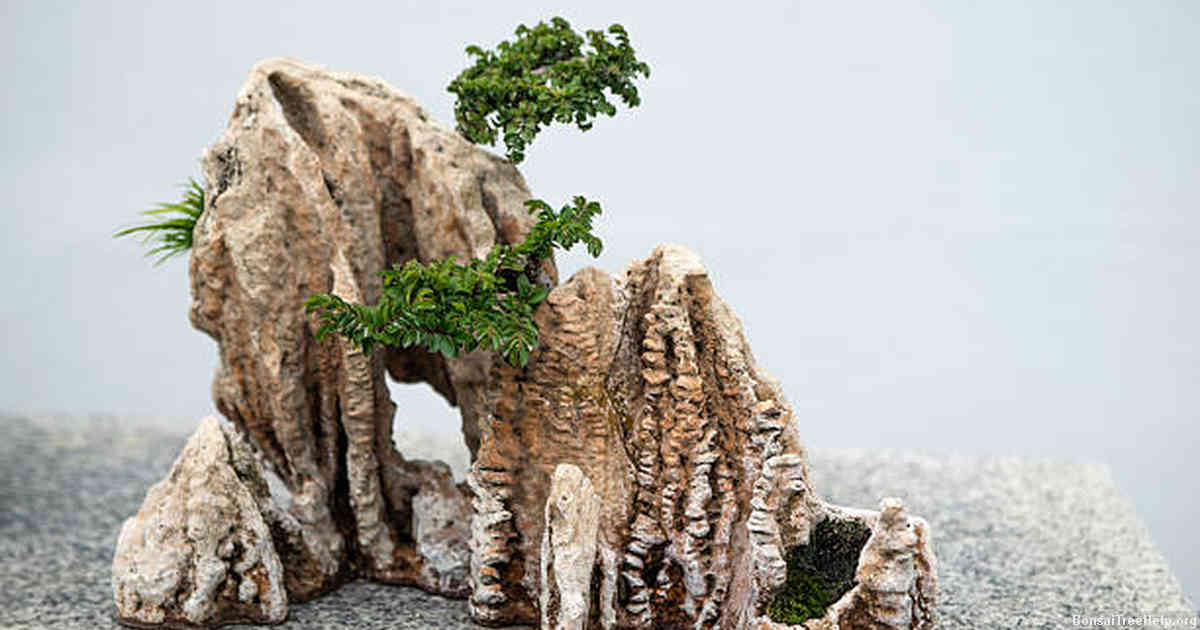
Caring for a bonsai cactus is essential to its long-term success. To ensure proper care, water your plant sparingly, only when the soil in its pot feels dry to the touch. Avoid giving too much water as this can lead to root rot. It’s also important to note that because cacti are desert plants they prefer warm conditions and lots of sunlight. However, you should provide some shade during very hot summer months so that it doesn’t get sunburnt or dried out.
In terms of feeding your bonsai cactus you’ll need specialised liquid fertiliser specifically designed for succulent and cacti plants once every two weeks. This will help with growth and blooming if you’re lucky enough for yours to flower in future seasons. Make sure that you repot your bonsai into fresh soil every few years or so as the minerals from old soil can be depleted over time. This will help promote vigorous healthy growth in your plant over time.
Don’t forget about pest control – check your bonsai on occasion for any critters such as aphids and mealybugs which may be inhabiting their roots or leaves; once spotted treat them promptly with an insecticidal spray before the pests take hold of the entire plant. With regular watering and attention, plus a little luck along the way, your bonsai will thrive both indoors and outdoors season after season!
Leave a Reply